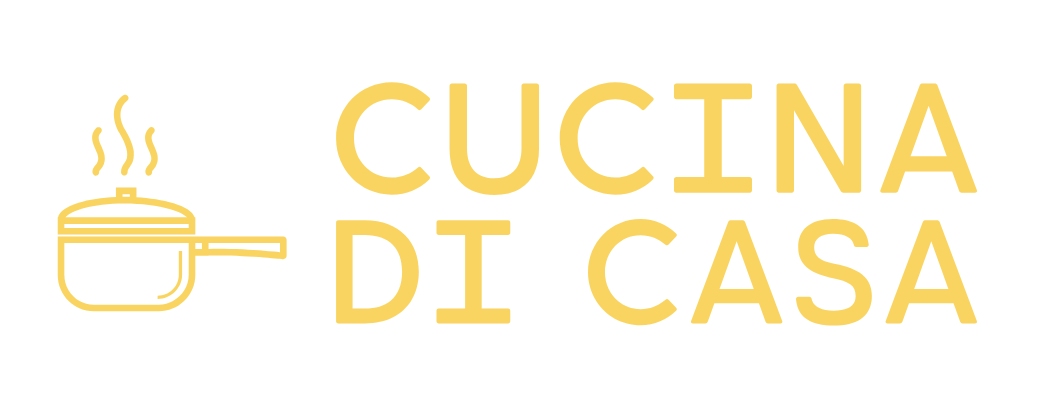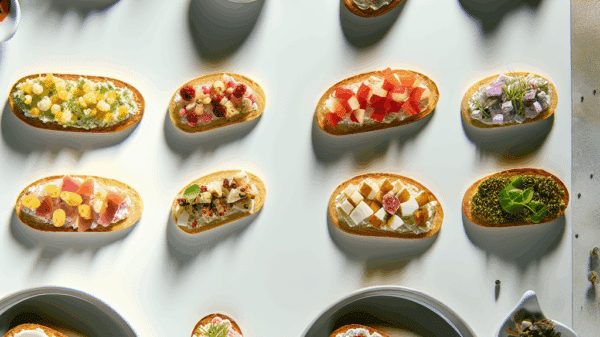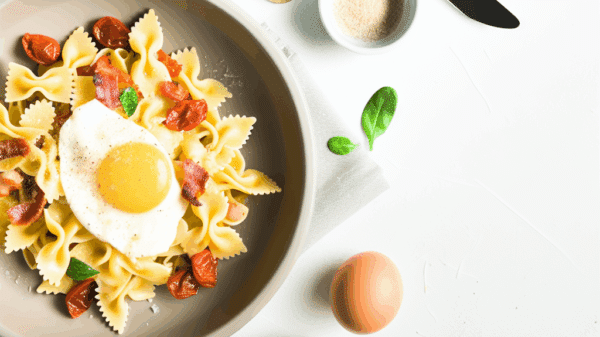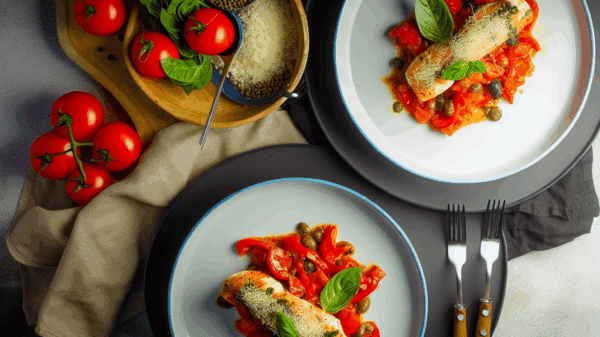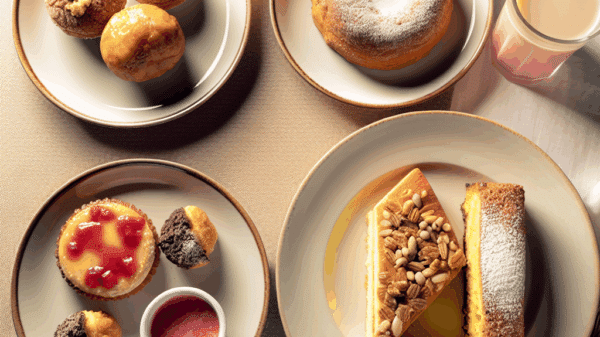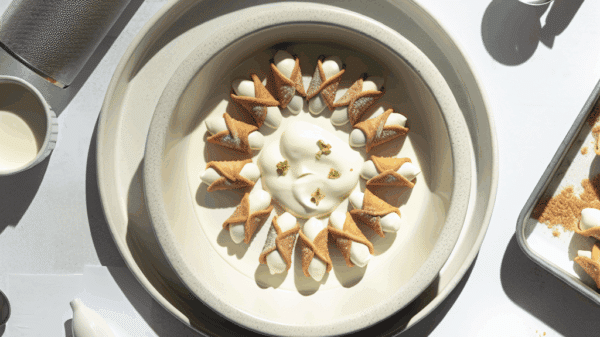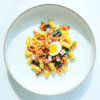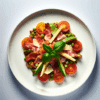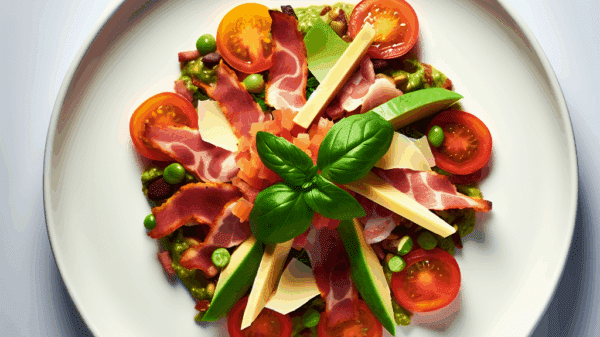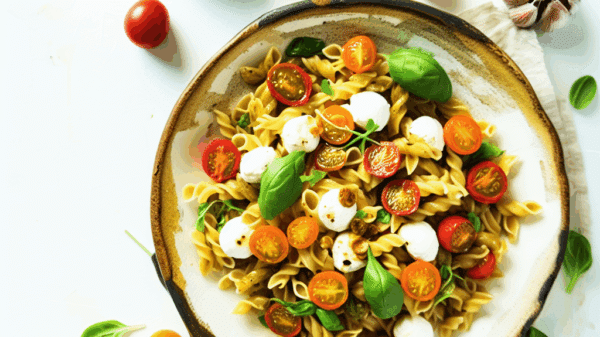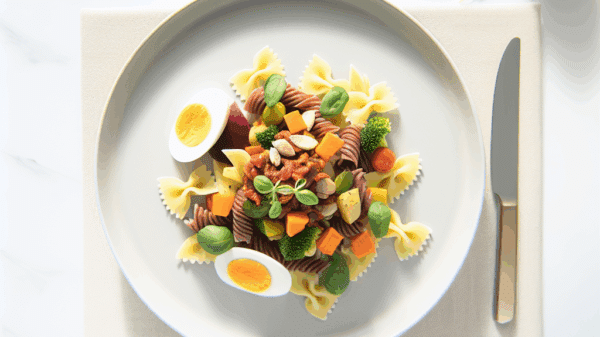Overview
Authentic Italian pasta is a staple of the Italian culinary tradition, renowned for its simplicity, quality ingredients, and artful preparation techniques. This article is designed for home cooks who wish to elevate their pasta-making skills, whether you’re a beginner or seasoned cook.
Estimated prep time: 30 minutes
Estimated cook time: 15 minutes
Difficulty: Intermediate
Regional origin: Emilian-Romagnan (notably Bologna, known for its rich sauces)
Ingredients
- 400g (14 oz) of ’00’ flour (Tipo 00 is preferred for pasta)
- 4 large eggs
- 1 tsp of sea salt
- 100g (3.5 oz) of Parmigiano-Reggiano, grated
- Fresh basil or parsley (for garnish)
- Extra-virgin olive oil (for drizzling)
Step-by-Step Instructions
- Make the Dough (10 minutes):
On a clean surface, pile the flour and make a well in the center. Add the eggs and salt into the well. Using a fork, gradually incorporate the flour into the eggs. Begin from the inner rim of the well and work outward, to prevent spills. - Knead the Dough (10 minutes):
Once the dough starts to form, bring it together with your hands. Knead the dough for about 8-10 minutes until it’s smooth and elastic. If it feels too sticky, dust lightly with flour. Common mistake: Avoid adding too much flour; the dough should be slightly tacky. - Rest the Dough (30 minutes):
Wrap the dough in plastic wrap and let it rest at room temperature. Resting helps the gluten relax, making it easier to roll out later. - Roll Out the Dough (15 minutes):
Divide the dough into four pieces. Keep the pieces you’re not using covered. Using a pasta machine or rolling pin, roll out each piece to your desired thickness. Typically, you want it thin enough to see your fingers through it, about 1-2 mm. - Shape the Pasta (15 minutes):
Cut the rolled dough into your desired pasta shape: tagliatelle, fettuccine, or lasagna sheets. Dust the cut pasta with flour to prevent sticking. - Cook the Pasta (4-5 minutes):
Bring a large pot of salted water to a boil. Fresh pasta cooks quickly, usually in 3-4 minutes. The best doneness is al dente, firm to the bite. Common mistakes: Avoid overcooking and stirring too vigorously, which can break the pasta. - Prepare the Sauce (optional, 10 minutes):
In a separate pan, heat olive oil and sauté garlic until golden. Add cherry tomatoes and cook until they burst. Combine with the drained pasta, sprinkle with Parmigiano-Reggiano, and toss gently to coat. Finish with fresh herbs.
Variations & Substitutions
– **Vegan:** Substitute eggs with a mix of 200g (7 oz) of aquafaba (chickpea water) and 250g (9 oz) of semolina flour.
– **Gluten-Free:** Use a blend of gluten-free pasta flour available at stores, though texture may vary.
– **Flavor Variations:**
– For a richer taste, infuse the dough with spinach or beet juice for coloring and nutrients.
– Experiment with different sauces like pesto or tomato-based sauces.
Make Ahead, Storage & Reheating
– **Meal Prep Options:** Prepare the pasta dough in advance and refrigerate for up to 24 hours. Cut pasta can be dried or frozen on a baking sheet before transferring to a zip-top bag for longer storage.
– **Fridge Storage:** Cooked pasta can be stored in an airtight container in the fridge for up to 3 days.
– **Reheating:** To reheat, add a splash of water to a pan and warm over low heat. Alternatively, reheat in boiling salted water for about 30 seconds for freshness.
Nutrition (Approx.)
– Calories: 320 per serving
– Protein: 15g
– Carbohydrates: 50g
– Fat: 10g
*Note: Values are estimates and may vary based on exact ingredients used.*
Serving Suggestions
– Pair your pasta with a crisp arugula salad dressed in lemon vinaigrette for balance.
– A full-bodied Italian red wine, like Chianti, pairs beautifully with rich sauces, while a Pinot Grigio complements lighter dishes.
– For kid-friendly options, consider serving the pasta with a cheese sauce or classic marinara.
FAQs
- Can I use regular flour for homemade pasta?
While ’00’ flour is ideal, using all-purpose flour will work, but the texture may vary. - How long does homemade pasta last?
Fresh pasta can be stored in the fridge for up to 3 days, or frozen for a few months. - What sauce goes best with fresh pasta?
Rich sauces like Bolognese or light sauces like Aglio e Olio are perfect complements to fresh pasta. - What’s the best way to store fresh pasta?
Dusting with flour and placing in a zip-top bag or tightly wrapping in plastic wrap prevents sticking and drying out. - Can I make pasta without a machine?
Absolutely! A rolling pin works just as well, though it will require more effort to get the dough thin enough.
Conclusion
Mastering authentic Italian pasta recipes at home is a fulfilling endeavor that celebrates the essence of Italian cuisine. By focusing on quality ingredients, traditional techniques, and regional variations, you can create pasta dishes that honor Italy’s culinary legacy. So, gather your ingredients, roll up your sleeves, and enjoy the art of cooking Italian pasta at its finest! Buon appetito!
